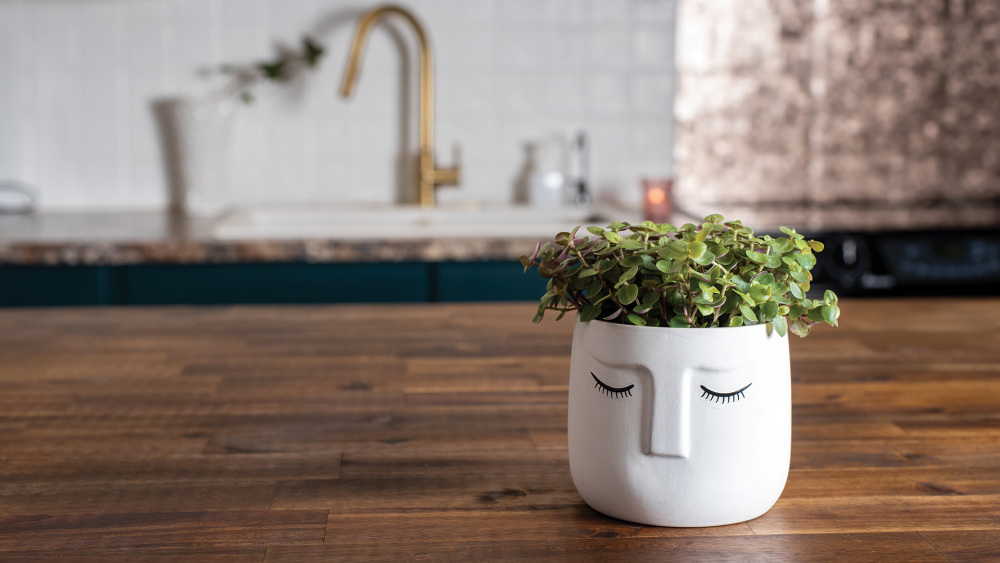
If you're looking to add an intriguing and low-maintenance houseplant to your indoor collection, look no further than the Turtle Vine (Callisia repens). With its charmingly variegated leaves and easy-care nature, the Turtle Vine is an excellent choice for both novice and experienced plant enthusiasts alike. In this guide, we'll explore everything you need to know to ensure your Turtle Vine thrives in your home.
The Turtle Vine, also known as Inch Plant or Creeping Inch Plant, is a member of the Commelinaceae family. Originating from Mexico and Central America, this trailing plant is characterized by its small, succulent-like leaves that feature a mix of green, cream, and pink hues. Its creeping habit makes it ideal for hanging baskets or as a ground cover in terrariums.
Turtle Vines thrive in strong, diffused light but can also withstand dimmer light situations. Avoid placing them in direct sunlight, as this can scorch their delicate foliage. If you notice the leaves becoming pale or losing their variegation, it may be an indication that the plant needs more light.
One of the key aspects of Turtle Vine care is maintaining evenly moist soil. Water your plant when the top inch of the soil seems dry upon touching, but be careful not to excessively water it, as it could result in root rot or pests. When watering into a pot without drainage holes, be sure to discard any excess watering sitting at the bottom of your pot to prevent root rot or pests.
While Turtle Vines can adapt to average indoor humidity levels, they thrive in higher humidity environments. Mist the foliage regularly or place a tray of water and pebbles beneath the pot to increase humidity levels. Maintain temperatures between 18°C to 24°C (65°F to 75°F) and protect the plant from cold drafts.
Use a well-draining potting mix with added perlite or sand to ensure adequate drainage for your Turtle Vine. During its growth period (spring and summer), feed your Turtle vine plant monthly with a balanced liquid fertilizer, diluted to 50% strength. Refrain from fertilizing during the inactive winter season.
Frequent trimming aids in preserving the Turtle Vine's dense, shrubby growth pattern and stops it from getting spindly. Cut back any overly lengthy or wild stems to stimulate branching and foster fresh growth. Remove any wilted or discolored leaves to keep the plant's tidy look.
Repotting a Turtle Vine (Callisia repens) is essential for maintaining its health and encouraging strong, vibrant growth. It's best to repot the plant every 1–2 years or when you notice the roots becoming root-bound, which can cause stunted growth and poor drainage. To repot, choose a container that is 1-2 inches larger in diameter than the current pot and ensure it has drainage holes. Gently remove the plant from its current pot, carefully loosening the roots if they’ve become compacted. Place the plant in the new pot, filling in around the roots with a well-draining, lightweight potting mix, such as a blend of peat, perlite, and orchid bark. Water the plant thoroughly after repotting to help settle the soil and reduce transplant shock. After repotting, place the Turtle Vine in a location with bright, indirect light, and continue to care for it with regular watering and occasional fertilizing. Repotting gives the plant space to grow and thrive, resulting in healthier, fuller foliage.
Turtle Vines are easily propagated through stem cuttings. Simply snip a healthy stem below a leaf node, remove the lower leaves, and place the cutting in water or moist potting mix. Once roots develop, transplant the cutting into its own pot.
The Turtle Vine is considered mildly toxic to pets, it is advised to keep your pets away from your plant.